An inground pool promises uncountable family fun, exercise, and relaxation days in your backyard.
However, as you start the journey of making a pool in your house, one of the most important decisions you will face will be determining the perfect size.
The size will impact your place’s functionality, overall enjoyment, and aesthetics.
This guide will assist you in selecting the ideal size for your inground pool and offer detailed maintenance instructions, including a step-by-step guide on vacuuming your pool to ensure it remains clean and inviting.
We will explore every consideration, including the design, from space requirements to budget constraints and lifestyle choices.
Determining Space Requirements of the Pool
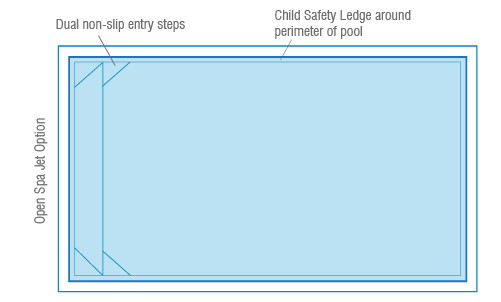
Before deciding about pool parties and swimming in your backyard, it is important to check the space available at your home.
The dimensions of the backyard will influence the size of the inground pool you want to make.
Start by measuring the area where you are planning to install the pool while checking the length, width, and any obstacles that may be there, like any existing trees, landscaping items, or shrubs.
These basic measurements will provide the foundation for accurate pool dimensions. It is also important to know about the local regulations related to zoning and other requirements that determine the distance from property lines.
You also have to ensure that the pool plans concede with the rules to avoid legal issues.
Things like decking space, safety barriers, and pool equipment types should be factored in to increase the space for lounging and poolside activities and enhance safety.
It would be best if you also considered the accessibility options for you and the guests, making sure that there is enough space for pathways, gates, and ramps/stairs.
You will be able to easily determine the size of the pool by measuring every possible scenario.
Usage and Lifestyle Considerations
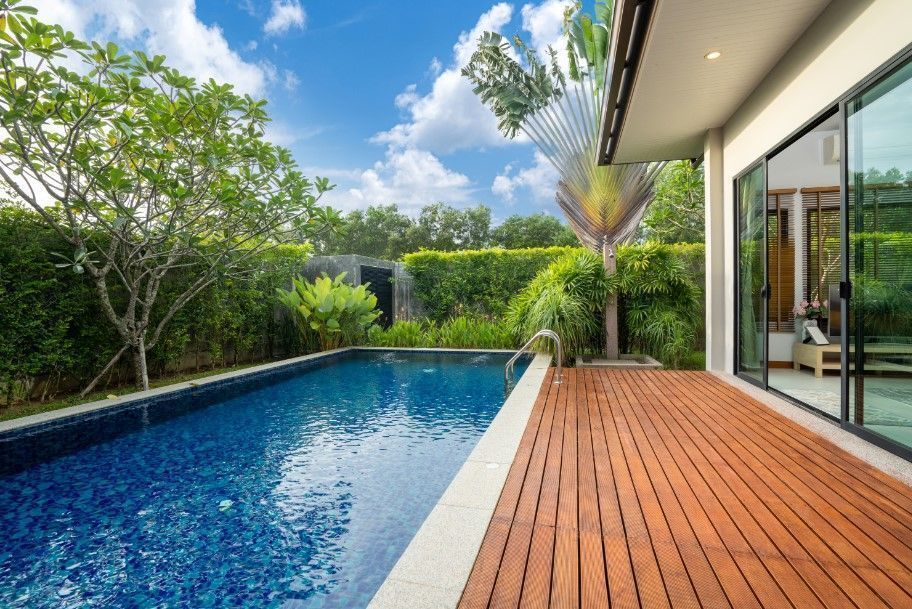
It is important to understand the intent of your pool.
You need to know if it is for family use, a recreational center, relaxation, or guests to host poolside parties.
It is crucial as this will help in deciding the pool size.
Large and deep pools are recommended for people who love lap swimming and aquatic workouts.
A small pool is recommended if you require it for lounging.
Another important point is checking the number of people using the pool simultaneously.
A bigger pool can accommodate more people, making it suitable for large families and people who have many guests.
A smaller pool is best for a compact family.
Budget and Cost
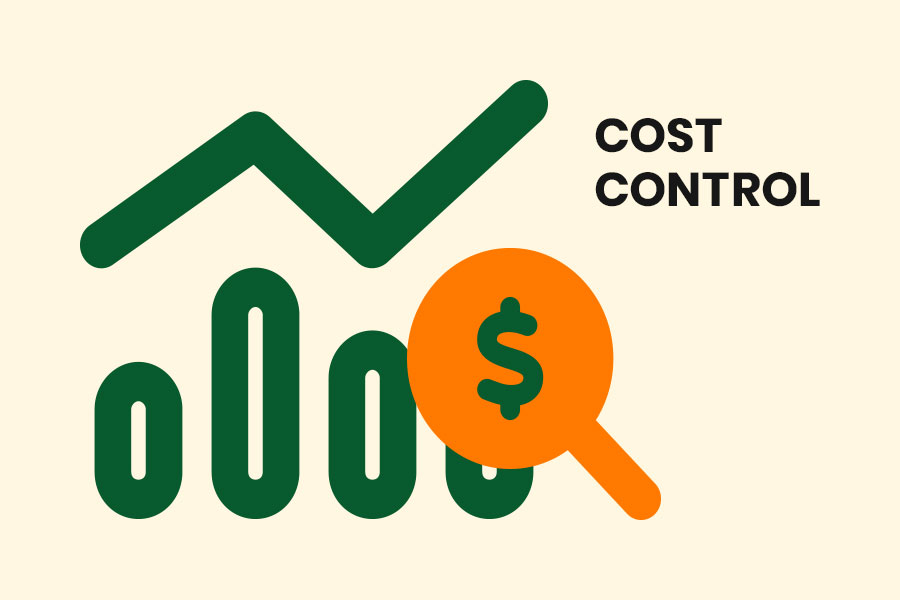
Budget plays an important factor in choosing the size of an inground pool.
The installation and maintenance costs directly relate to the size of the pool.
Larger pools require more materials, water volume, and energy consumption.
This increases the overall operational and maintenance costs. Setting a budget and following the document to the word is important.
Altercations made to the size, such as increasing it, will lead to budget constraints.
The excavation, plumbing, decking, landscaping, and safety costs will be calculated beforehand.
In addition to these costs, you must keep a certain budget aside for unexpected expenses.
Aesthetics
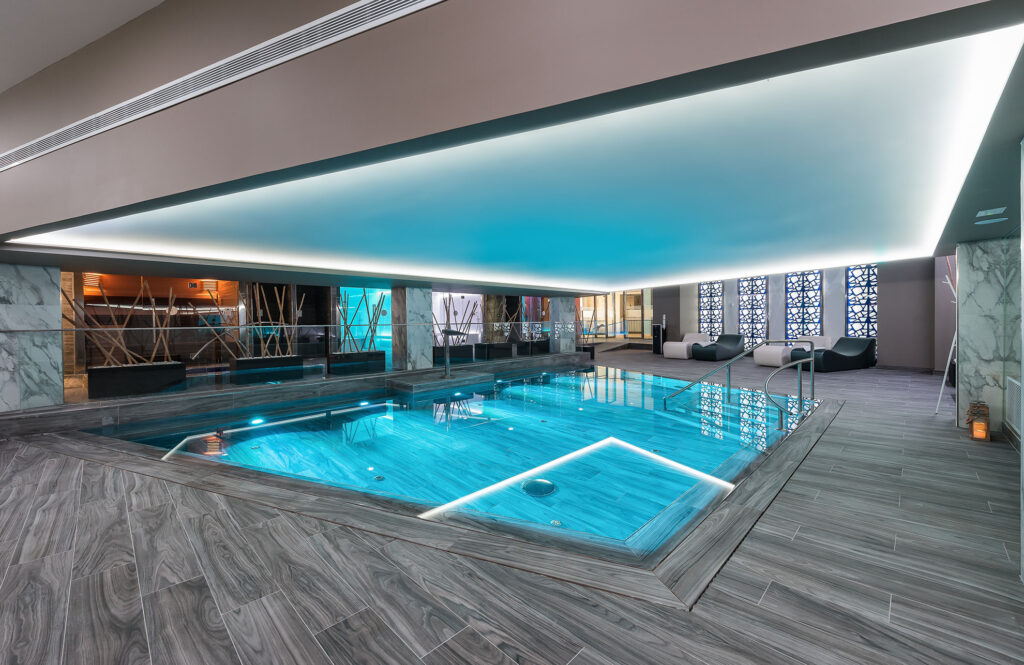
The look around the pool plays an important role in making a pool.
The feel and look of the pool, the landscape, and the architectural style of your place are important things to consider.
An oversized pool may make the backyard look cramped, whereas a small pool may fail to become a focal point.
The right balance is required to enhance the appeal of the backyard.
Pool Shape, Depth, and Design
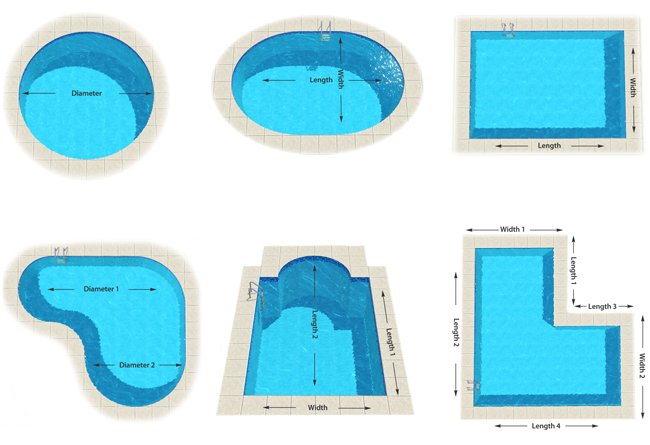
The pool’s shape adds to the backyard’s functionality and aesthetics.
Rectangular pools may give the pool a classic and formal look, but oval pools provide the landscape with a soft and seamless look.
Freeform pools create a natural atmosphere, making it perfect for relaxing.
The design of your inground pool reflects your style.
Choose decorative elements like lighting and finishing elements like plaster and pebbles.
These design choices enhance the look of your pool and backyard combined.
The pool can feature multiple depths depending on the activity you want to perform. Whether deep diving or swimming laps, the pool depth should suit your needs.
Maintenance by Vacuuming
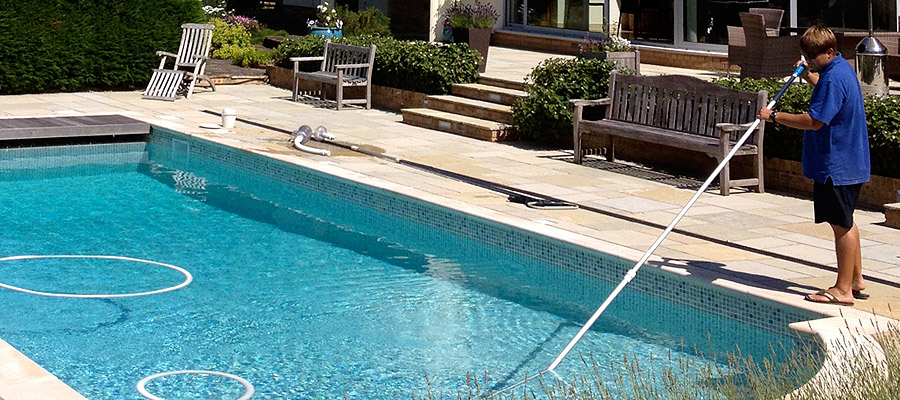
Vacuuming the pool is an easy yet important maintenance task. You can begin by attaching the filtration system and the pool vacuum.
Move the vacuum head across the surface while looking for debris and sediments.
Cover the entire pool methodically while overlapping the strokes.
Backwash the filter once the cleaning is complete to remove any debris from the vacuum.
Conclusion
Selecting the perfect pool size combines practicality, aesthetics, and preferences.
The size of the pool you want in your backyard directly depends on your budget, space availability, and usage requirements.
It is important to understand the local regulations while checking the pool’s shape, depth, and design.
We hope our guide helps you understand the appropriate requirements and the steps to create an oasis in your backyard.

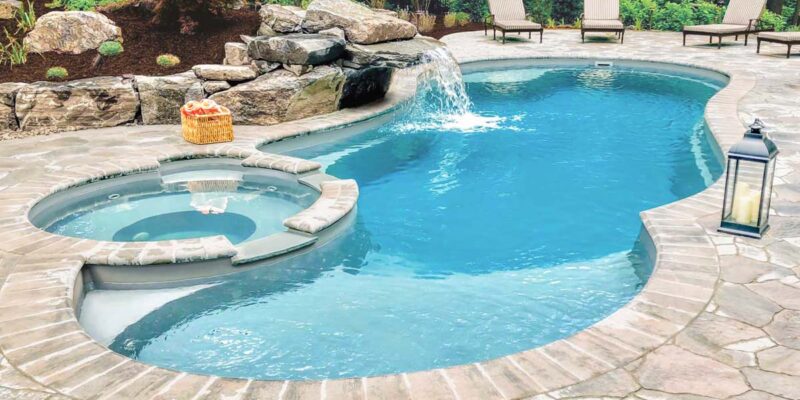
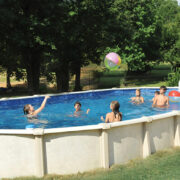
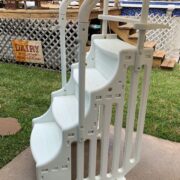
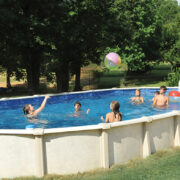
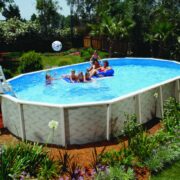
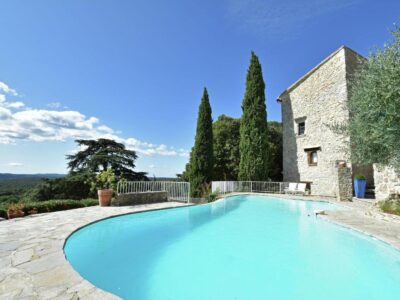
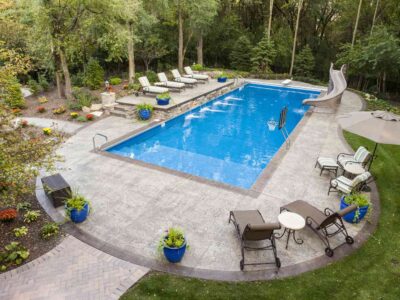
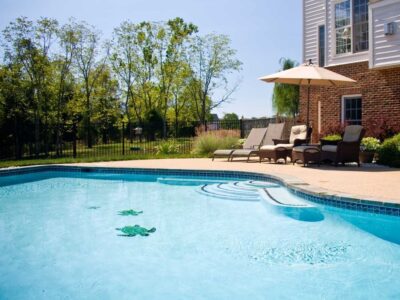
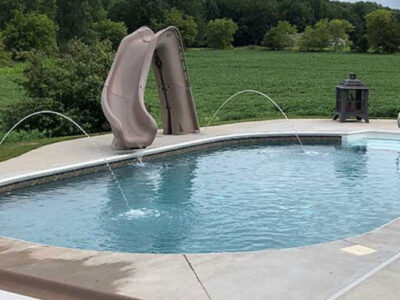

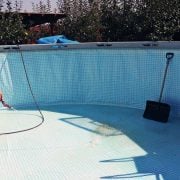
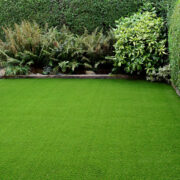
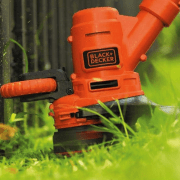
Comments